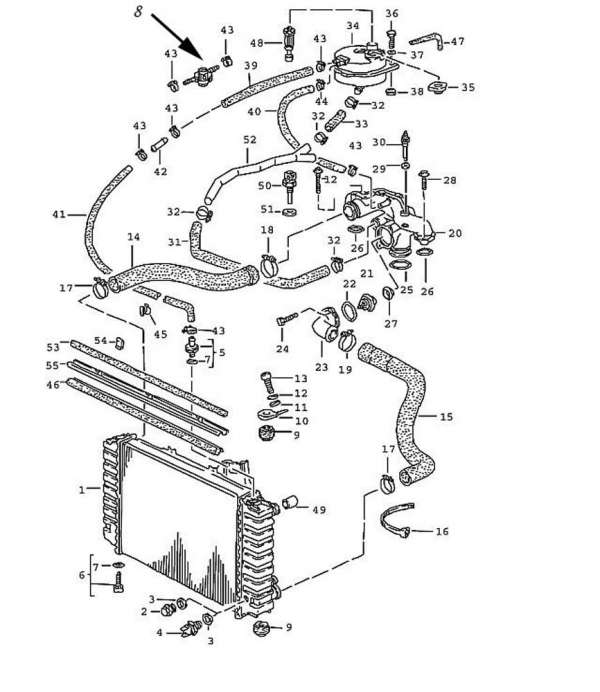
The coolant does not only have a level sensor. There is also a pressure sensor hidden close to the passenger side fender.
It is not really a "sensor" but actually an on/off switch. getting stuck means alarm will go off.

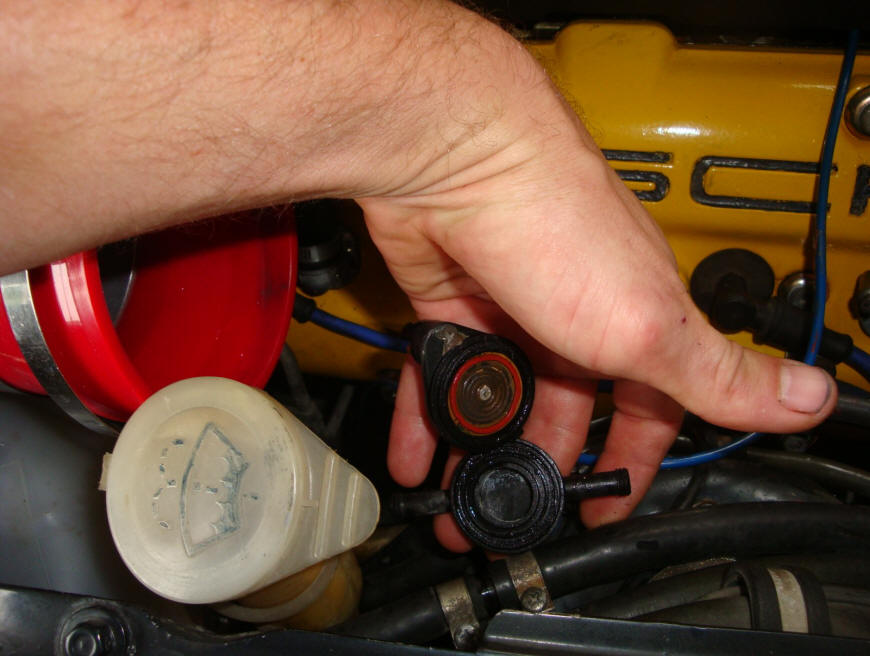
This switch was add starting with the 1984 models, and is explained (not too
clearly) in the booklet for the changes by year for 1984.
If the coolant level of a cold engine is too low, this will switch on the
coolant level warning light after a delay of approximately 20 seconds. Coolant
will expand as the engine warms up and the coolant level will rise. If the
engine is stopped and started again the warning will go out. This happens even
though the cold coolant level is too low.
To avoid unnecessary troubleshooting, starting in 1984 models, the central
warning system has a pressure switch located in the return line to the expansion
tank which now works in conjunction with the coolant level switch. The pressure
switch senses the pressure in the cooling system and sends this information to
the central warning unit.
Now, if there had first been a warning from the coolant level switch and
afterwards from the pressure switch, the central warning system will store this
signal sequence and maintain the warning, even after the coolant has expanded
and the coolant level switch has an opened circuit.
In other words, when starting the engine again, the warning lamp remains on,
even if the coolant level appears correct.
If the cap at the expansion tank is removed (to add coolant), pressure escapes
and the pressure switch circuit opens. The central warning system, with this
indication, assumes coolant has been added, and turns the warning lamp out.
__________________
Wally Plumley
====
"From the "service information model 84" document:
"The central warning system has a pressure switch located in the return line to
the expansion tank which works in conjunction with the coolant level switch. If
the coolant level of a cold engine is too low, this will switch on the coolant
level warning light after a delay of approximately 20 seconds. Coolant will
expand as the engine warms up and the coolant level will rise. If the engine is
stopped and started again, the warning will go out. This happens even though the
cold coolant level is too low. To avoid unnecessary troubleshooting, the
pressure switch senses the pressure in the cooling system and sends this
information to the central warning unit. Now if there had first been a warning
from the coolant level switch and afterwards from the pressure switch, the
central warning system will store this signal sequence and maintain the warning,
even after the coolant has expanded and the coolant level switch has an opened
circuit. In other words, when starting the engine again the warning lamp comes
on, even if the coolant level appears correct. If the cap at the expansion tank
is removed (to add coolant), pressure escapes and the pressure switch circuit
opens. The central warning system, with this indication, assumes coolant has
been added and turns the warning lamp out."
====
For good reasons you should check coolant level when the engine is cold and pressure in the system is low. The pressure sensor detects pressure of 0.1 to 0.2 bar which makes the contact. So if the contact is made the low level warning will show again even if coolant level seems ok when checking. The pressure sensor itself should not trigger a warning.
The only problem with the sensor is that it tends to leak or "sweat".
Partnumber for the pressure sensor is 928.641.513.00
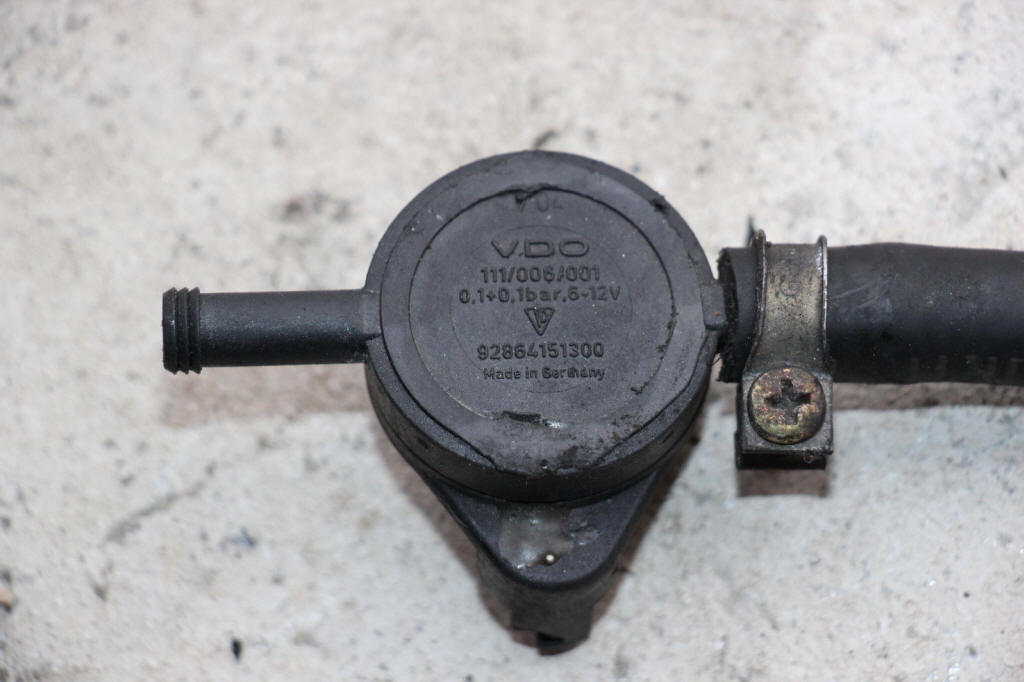
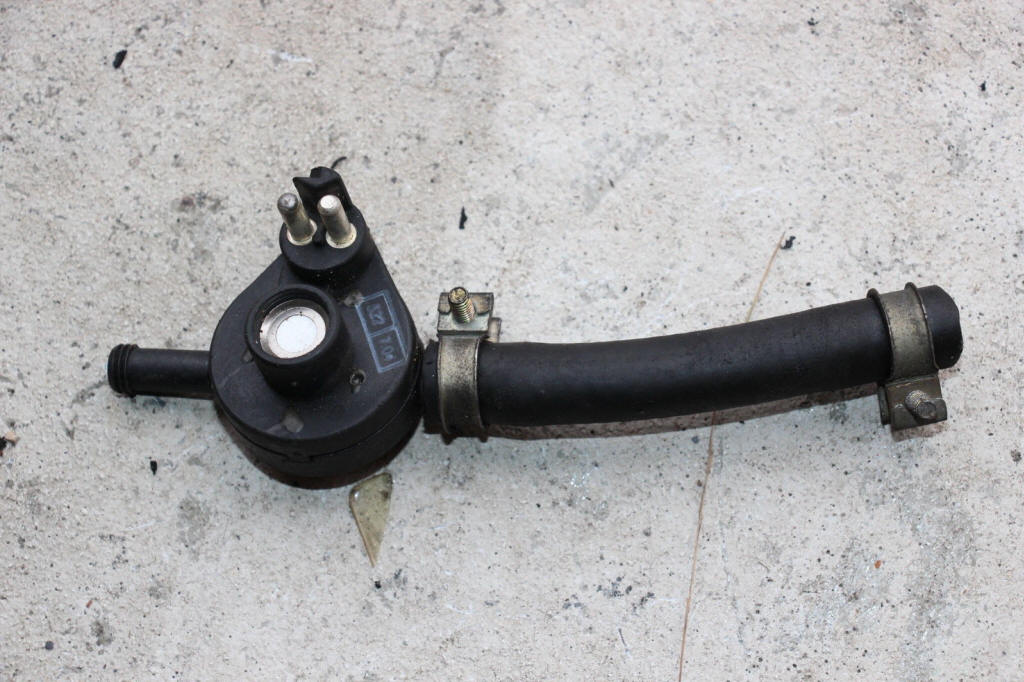

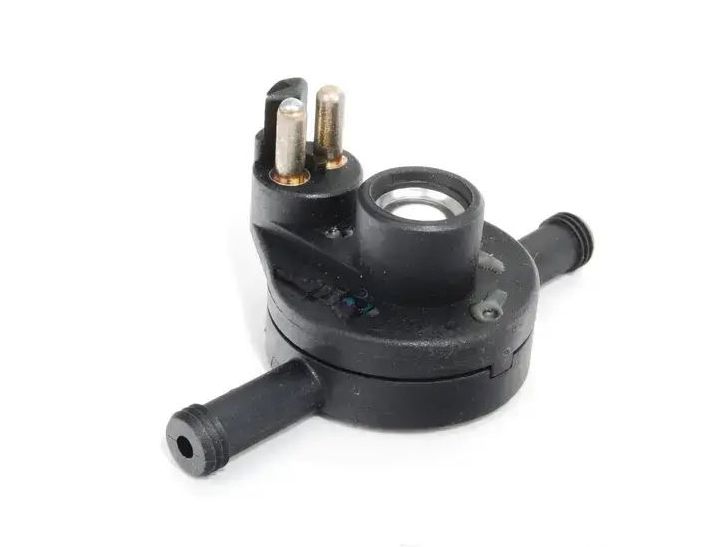
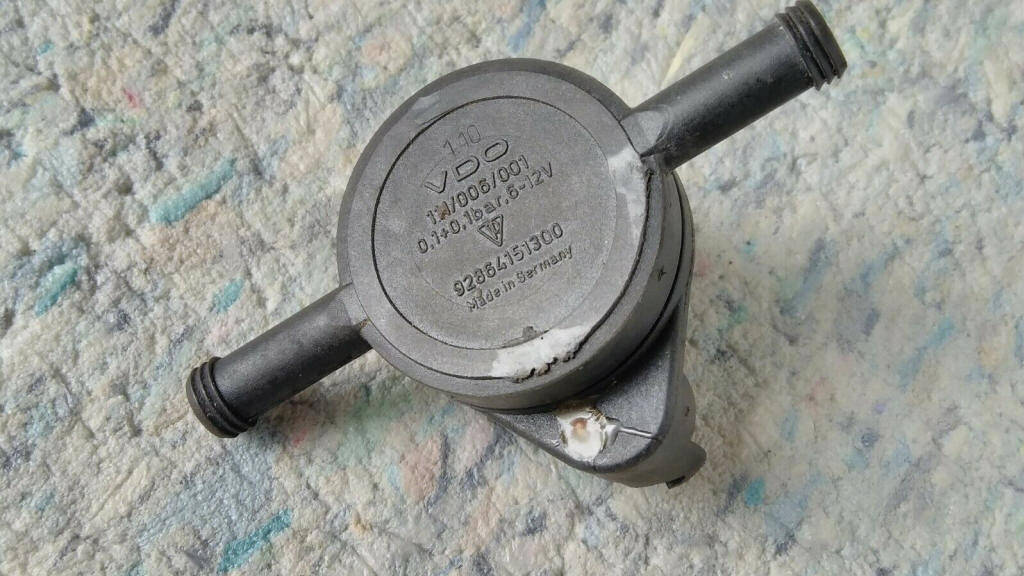
===
This is my new 2 months old Pressure sensor leaking again...